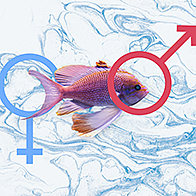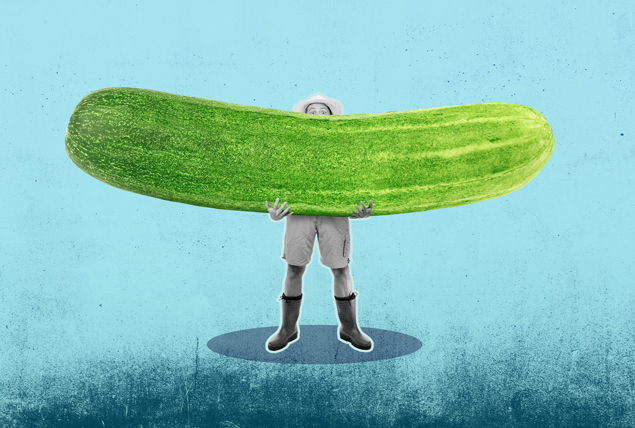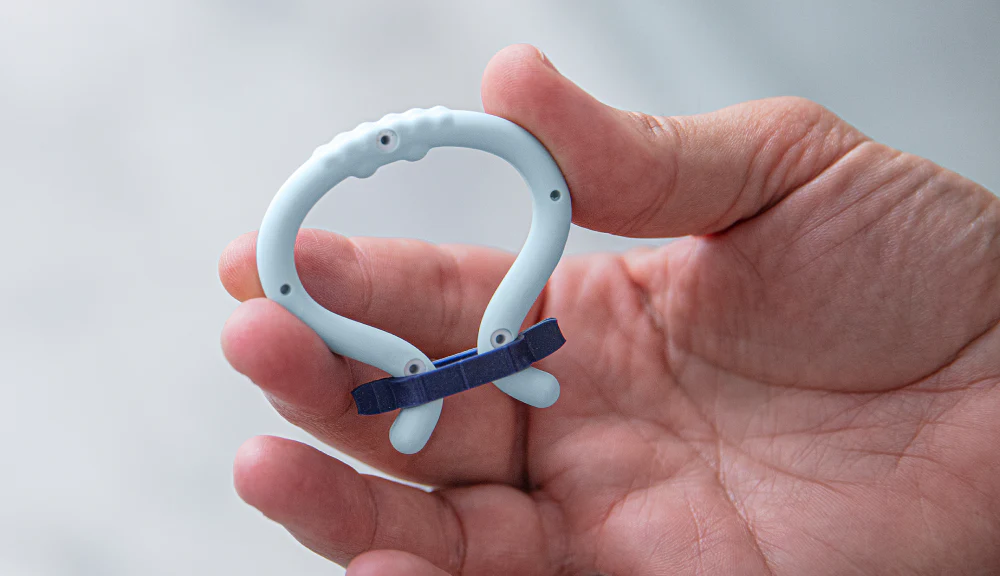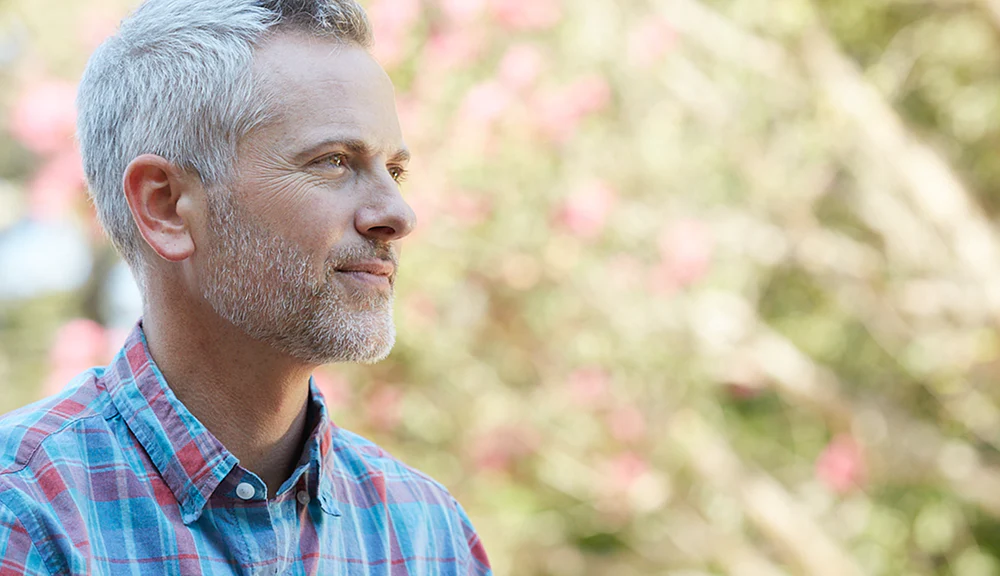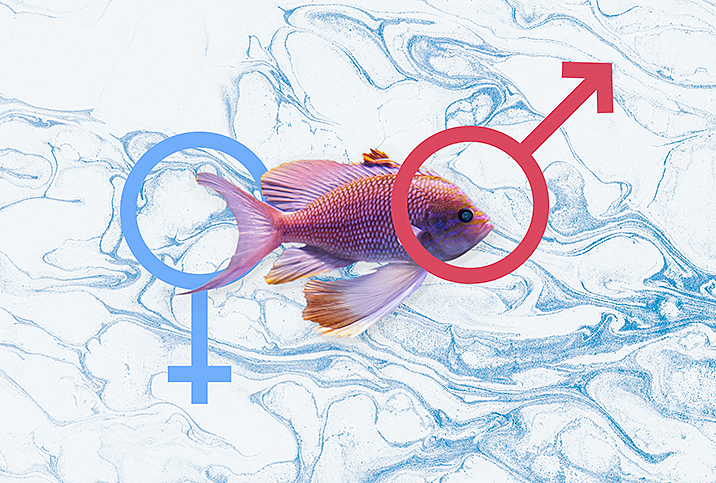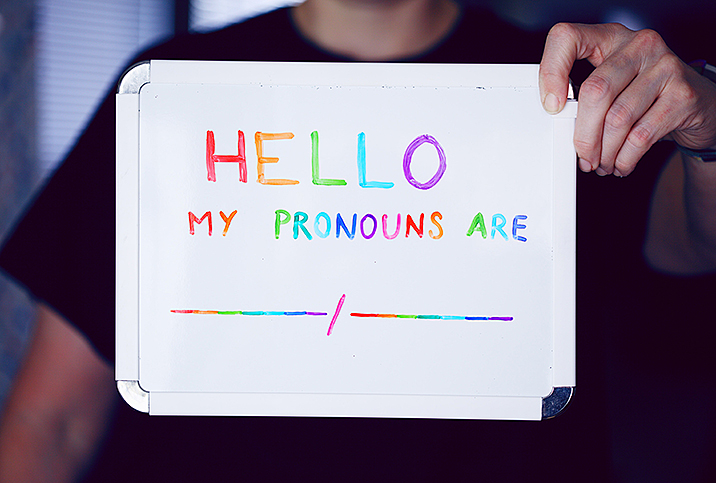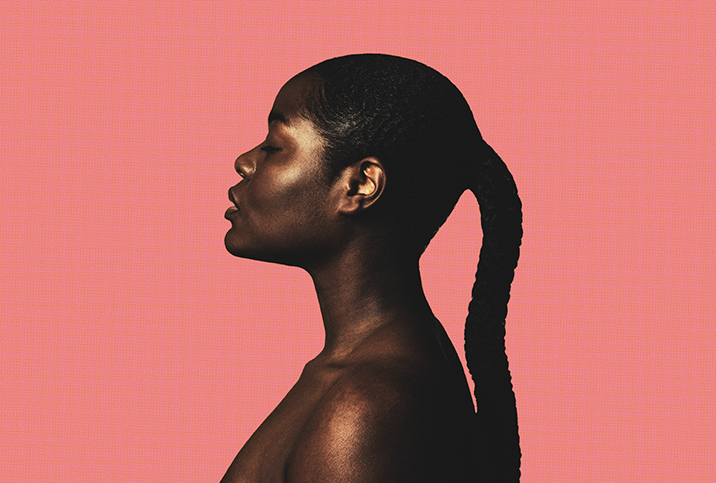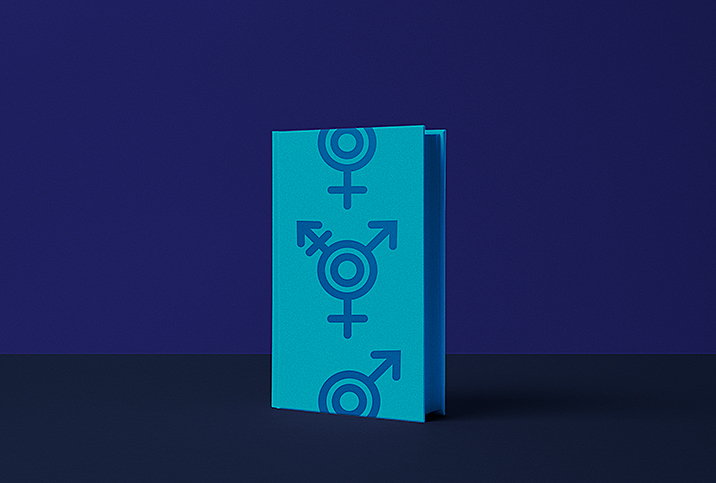Genderfluidity Is About More Than Looks
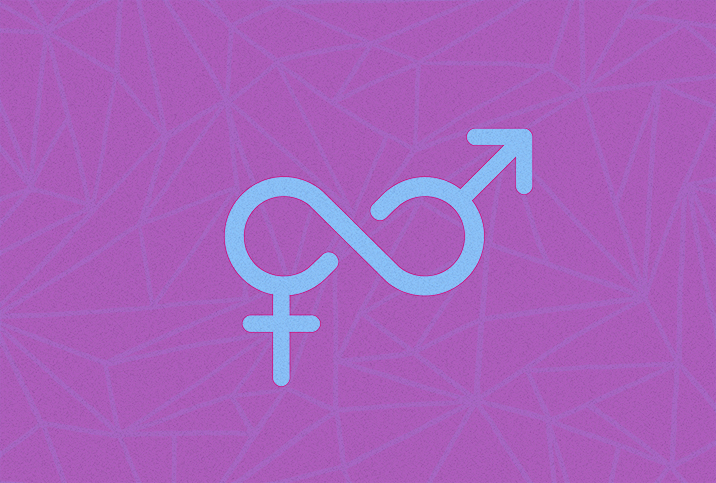
Everyone has distinct perceptions and experiences of gender. Most of the time, perceptions remain constant over time, but for genderfluid people, they're subject to change. For some, this looks like wearing a dapper suit and slicked-back hair at work in the morning and sporting a romper and espadrilles for dinner. For others, the variation is subtler, slower or even entirely internal.
Miller, a transformational speaker, accountability coach, gender-equity strategist and owner of Miller Consulting Group, defines gender identity as a person's deep understanding of themselves.
"I think genderfluidity works in a very similar way," Miller said, who identifies as a person of transmasculine experience. "It's first the individual's experience of themself and then the experience they want other people to receive."
Experiencing and expressing genderfluidity
Kimaday V. Jiménez Negrón, who identifies as genderfluid and uses she/her and he/him pronouns, called genderfluidity a "kind of freedom."
"Growing up, I got confused and frustrated at times because I maybe thought I was transgender," Negrón said."I wanted to dress as a male, act like a male, spend time with the boys. I wanted no breasts and even sometimes felt weird being referred to as a female."
Like many people, he discovered the concept of genderfluidity via the internet.
'Being genderfluid is not a confusion: I'm not indecisive of which gender I am. I just feel both.'
"I came across a profile where they had 'genderfluid,' and I became interested because the person in the profile was born female but very tomboy," he added. "I saw myself as them."
Negrón had breast reduction surgery earlier this year but said he is not interested in further operations. He now feels comfortable and happy with the way his gender identity relates to his body.
"When I say I'm genderfluid, people automatically think that I want to be a boy," Negrón said. "And no, inside me, I have my female body and masculine personality. I am fluid with genders. And if there were a third or fourth gender, I may have that too. Being genderfluid is not a confusion: I'm not indecisive of which gender I am. I just feel both. It's not confusion, it's fluidity."
'I need to be full female'
Zoren McKiernan is a genderfluid drag artist based in Sydney, Australia, who uses he/him pronouns out of drag and she/her pronouns while in drag as Yanita Werkout.
Like Negrón, McKiernan defines genderfluidity as freedom, "Not putting people in boxes." He says his gender expression flows from feminine to "smooth masculine." Before embracing his identity, he grappled with a negative self-image for years.
"I always wanted to fit in and just have people like me," McKiernan said. "And I realized, when I met people in the queer scene, that I don't need to be that person anymore. I can just be myself."
Upon discovering drag and the transformative emotional experience it provided, McKiernan questioned his gender, wondering if he should live as a female.
"Doing drag, I just felt so good, but out of drag, I felt really low," he said. "So, drag was helping me, but it also made me think, 'What am I missing?' And I thought maybe that's what I'm missing. I need to be full female. After a while, I found out what genderfluidity was. And I started realizing, 'Hang on, I really resonate with that,' being out of drag. And then I started really liking myself and who I am out of drag."
Not all drag artists are genderfluid, and the juxtaposition of his identity and art can be challenging for McKiernan. There are days he doesn't feel feminine at all, yet the show, and Yanita, must go on. Over time, McKiernan has incorporated his gender identity into his work rather than suppressing it.
"It's so emotional, and my body is connected to my emotions," McKiernan explained. "So that's a big part of my drag."
Don't get terms twisted
You're likely to hear the term genderfluid in a similar context as nonbinary, genderqueer, agender, bigender and transgender. Genderfluid people can simultaneously identify as any or none of these terms.
The gender binary refers to the assertion that people are one of two genders: male or female. Nonbinary people experience gender differently, hence being outside the binary.
Genderqueer is similar. Although the term "queer" is controversial due to its painful pejorative history, many people in the LGBTQIA+ community have reappropriated it to simply mean "different."
Transgender refers to identifying as a gender other than the one assigned at birth. Genderfluid is not synonymous with trans, but the two are not mutually exclusive.
Overall, the genderfluid experience is not a monolith and every person's experience is different. Some genderfluid folks identify as a fluid man or woman, while others shift between nonbinary identities.
Why we're talking about it
There's a perception that non-normative pronouns and gender identities are the product of contemporary youth culture, but that's far from the truth.
"People think when they're discovering information that the rest of the world is also discovering it," Miller said. "Humans are interesting that way. The reality of the situation is genderfluidity or the gender spectrum has existed outside of the binary since the beginning of time."
Various cultures, including Native American, Indian and Samoan communities, have historically embraced, even venerated, people with nonbinary or fluid identities.
Miller added that although Gen Z is more open about embracing fluid or nonbinary identities, it's not something that only applies to young people. There is no age restriction, and a person's gender identity or expression can change with time.
The seeming prevalence of these identities is only because the internet and increased visibility of the LGBTQIA+ community have brought the conversation to the forefront, Miller observed.
"Some people have identified or have been this way their entire life and didn't have the language for it," Miller said. "As language evolves, society grows, media continues to push out visibility. I think those are some of the reasons that change the way the conversation is happening. Also, some people are just sick and tired of being sick and tired of being invisible."
Challenges for genderfluid people
Like many trans, nonbinary and genderqueer individuals, many genderfluid folks struggle to gain recognition and acceptance at home and in society. Nonbinary and genderfluid identities are not legally recognized in most locales, a challenge Angel Pretot, a French-language learning coach, knows well.
"It makes it complicated to deal with a society that is built with just man or woman, and they have a very strong idea of what which is, and I genuinely do not fit in either," said Pretot, who identifies as genderfluid and uses he/him pronouns.
Pretot transitioned nearly five years ago. He has since stopped taking testosterone but still aims to pass as male most of the time.
"I just don't want to have the discussion," he said. "I want to be as unseen as possible."
Pretot underwent the arduous physical and legal processes of transitioning because he could no longer take the ostracization and discrimination he faced for his genderfluidity, including being fired from two jobs under dubious circumstances.
"I was about to kill myself. I think I should phrase it very honestly that I was not able to go on with my life as a 'woman' with that kind of oppression," Pretot said. "Even though I am neither, I assumed it would be easier to live as a man. And it's true that it is easier, but then I realized it isn't really what I need either."
'It's very frequent among trans people to think a lot about how you're going to be able to comply with the law in a way that also doesn't make your life unbearable.'
Pretot said life is less complicated embodying an outward male identity. However, the transition was exigent. He applied to legally change his gender on his passport just a year after it became legal in France, his birthplace. It was the first case of its kind the court had taken.
"It's very frequent among trans people to think a lot about how you're going to be able to comply with the law in a way that also doesn't make your life unbearable," Pretot said.
Worse, the transition period subjected him to even more harassment.
"If people can't gender you, it can be physically dangerous," Pretot said. "I have friends who have been physically attacked and ended up in the hospital because of that."
Pretot now owns his own online business teaching French, a move that has allowed him to live more authentically without fear of professional repercussions. His mental health has improved substantially.
There is no option for French citizens, or nationals of most countries, to legally claim genderfluid or nonbinary identities. Even if that changes in the future, Pretot said he would not seek to do so.
"For me, listing myself as nonbinary—that would be very courageous but potentially kind of crazy because people don't understand it," Pretot said. "That means you will have it written on your ID that you are special. And my goal [is] not to look special at all, especially not in official situations. Matters where you have to show your ID, it's usually because you need housing or a job, and that's not when you want to look like a freak. Personally, I wouldn't choose to do that. I know some people choose to do it. I think they're very courageous and very brave."
How to support genderfluid peers
Pretot noted support is especially critical for children and teens. Several studies, including a report published in LGBT Health in 2016, have found family support can substantially reduce the risk of depression, substance abuse, and suicidal ideation and attempts among LGBTQIA+ youth.
"We understand that it's very complicated," Pretot said. "It's also complicated for the person and the whole reason is not that the person is weird. It's because the society that we live in is weird. Think about it. Who came up with the idea that all humans have to fit neatly in two boxes and that it would never change? What? Think of all the areas of human diversity. The idea of having two genders is extremely weird."
For those exploring their gender identity and questioning whether they might be genderfluid, Miller advised them to "grow at your own pace.
"This is a journey because we're talking about expansiveness, and it's okay to be expansive and take your time with that," Miller said. "A tree can't grow overnight. I would say for them to continue to reflect and explore and learn as much as they can about the identities, and learn as much as you can about yourself. It's okay if you're questioning. Questioning is a part of the mix. We can't know everything and we don't have to know everything. This is for you. How anybody else feels about it, they'll have to sort themselves out, but this is your journey, identity and experience. It belongs to you and you owe no one anything."








